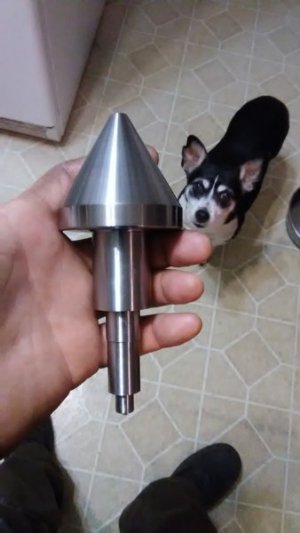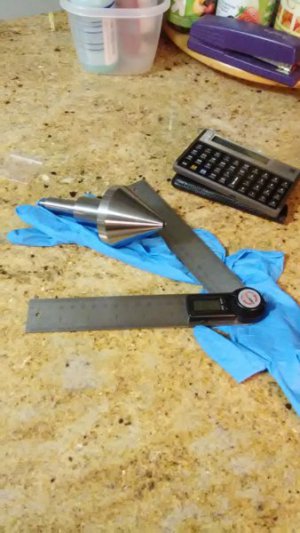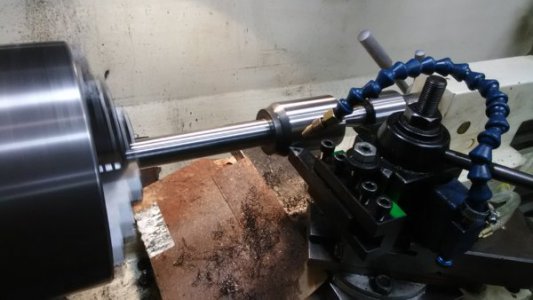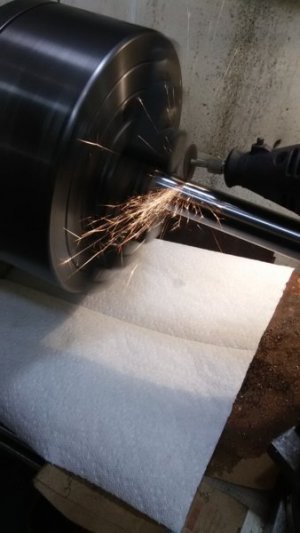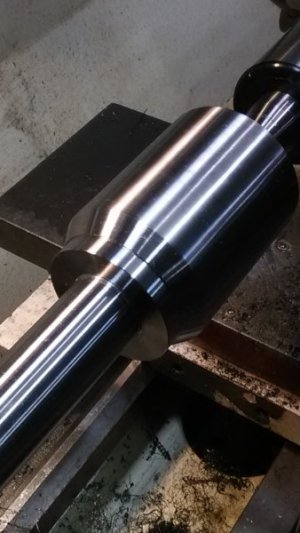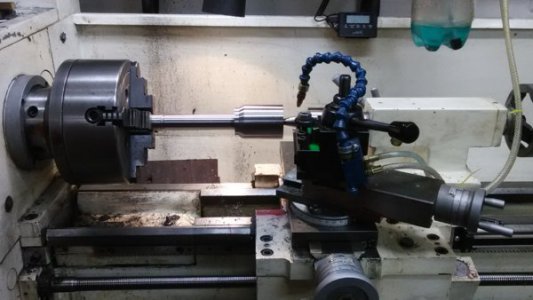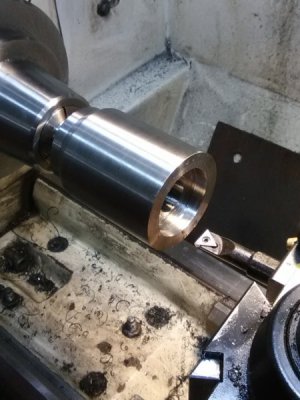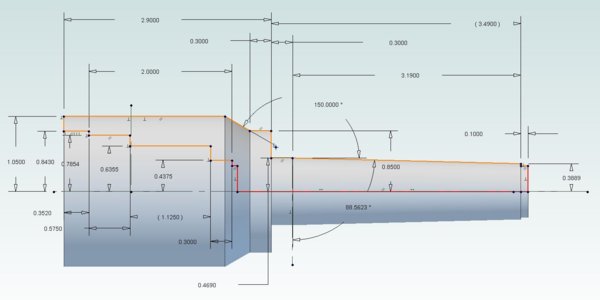- Joined
- Nov 16, 2012
- Messages
- 5,596
I'm told there are three kinds of lathe operators, those that use toolpost grinders, those that do it begrudgingly and those that simply won't allow it. Right now, I'm somewhere between "begrudgingly and won't allow it". That said, I'm pulling the tool grinder out of storage. I've been meaning to build a table for this device for a while now and it will be placed next to the other grinders, belt sanders, sandblasting boxes etc.
So, here's the old beast that still runs very tight. From the picture, you can probably see how this will pan-out. It might take me a day or two to get to this so hang in there.
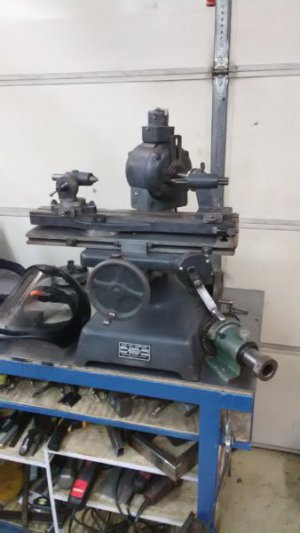
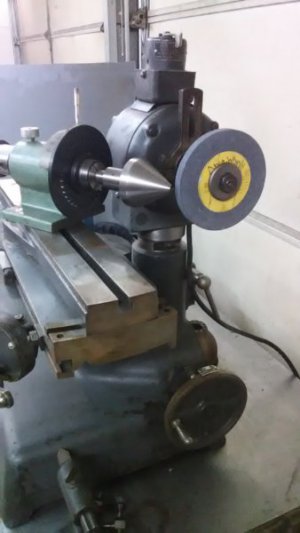
Later...
Ray C.
So, here's the old beast that still runs very tight. From the picture, you can probably see how this will pan-out. It might take me a day or two to get to this so hang in there.


Later...
Ray C.

